The Molecular Basis for the Aging of Human Skin
Skin is the most voluminous connective tissue of the body. Skin, like all other human organs, undergoes progressive alterations as a consequence of the passage of time (natural aging). However, human skin, unlike other organs, continuously experiences harmful exposure from environmental sources such as solar ultraviolet irradiation (photoaging). As the bulk of the skin is largely comprised of connective tissue collagen, the primary molecular features of aged human skin are reduced production of collagen and accumulation of damaged collagen. Age-related alterations of dermal connective collagen cause an aberrant tissue microenvironment, which deleteriously influence the risk of developing age-related skin diseases. This book comprehensively describes the molecular mechanisms of human skin connective tissue aging by emphasizing age-related dermal microenvironment as a strategy for improving our quality of life as well as for preventive and therapeutic intervention of age-related skin diseases. This book is an essential resource for the development of mechanisms-based anti-skin aging products.
{{comment.content}}
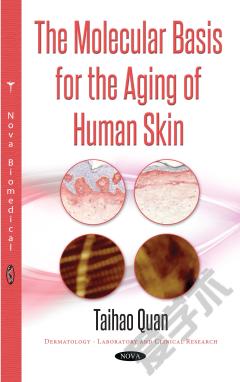

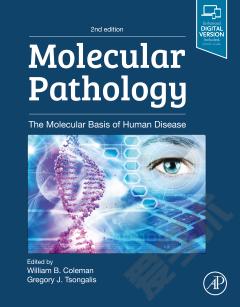
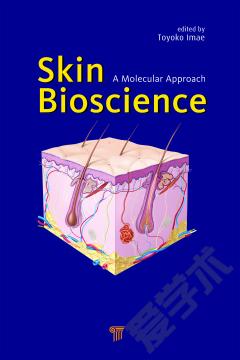
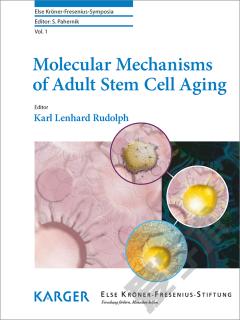

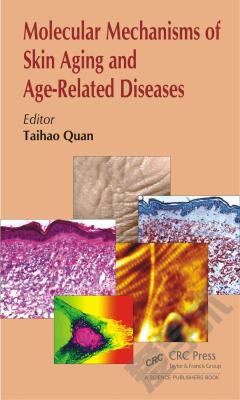

 京公网安备 11010802027623号
京公网安备 11010802027623号